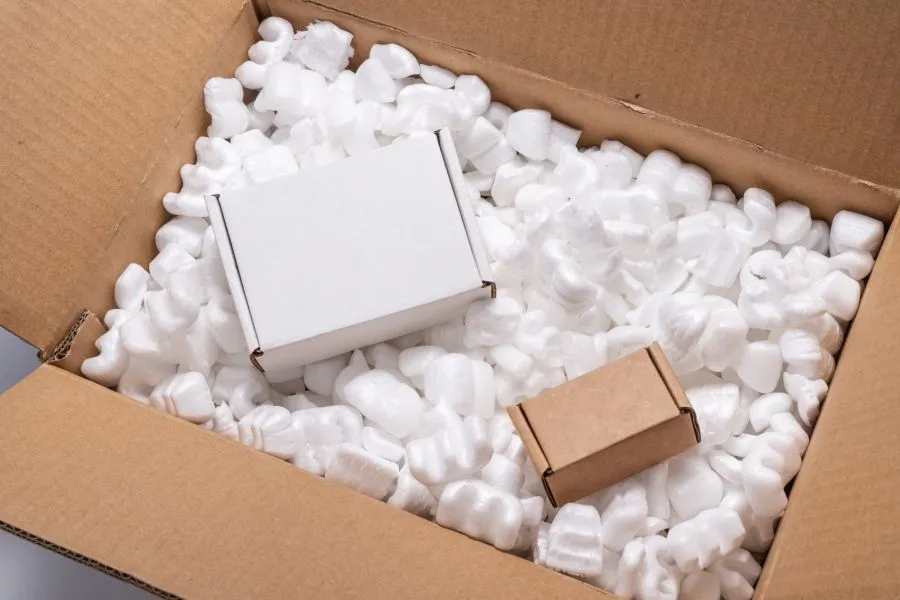AI-powered enzyme discovery unlocks recycling potential for packaging waste
Key takeaways
- Scientists at Beijing University of Chemical Technology developed a framework that uses machine learning to identify enzymes capable of breaking down thermoset PUs.
- This breakthrough offers a data-driven pathway for recycling PU, a material difficult to recycle due to its structure.
- The study revealed that enzymes traditionally labeled as esterases actually function as urethanases.

Scientists have developed a machine learning method to tackle thermoset polyurethanes (PU) recycling. The approach offers a data-driven route that could help transform PU foams from packaging waste into recyclable materials.
Recycling thermoset PU is hindered by its cross-linked structures and urethane bonds. To solve the issue, researchers at Beijing University of Chemical Technology, China, have developed a graph neural network (GNN)-based recommendation of active and stable enzymes (GRASE). The GNN-based framework integrates self-supervised and supervised learning to identify efficient, glycolysis-compatible urethanases.
“PU, with an annual global consumption of 22 million metric tons in 2024, constitutes the second largest category of hydrolyzable plastics,” say the scientists.
“Unlike thermoplastics, such as PET, which can be remolded into amorphous states through melt extrusion, thermoset PUs cannot be reshaped to enhance susceptibility to enzymatic attack. Therefore, alternative recycling techniques are needed to overcome the depolymerization challenges posed by thermoset materials.”
Plastic-degrading enzymes
The study, published in Science, suggests that many enzymes “have a range of activities that have often been obscured by conventional classification methods.”
In the study, enzymes, which are traditionally classified as esterases, were found to be primarily urethanases. GRASE identified 24 top-ranked candidates, which were then validated in the lab using commercial PU foam and glycolysis-derived waste.
“The full functional potential of enzymes may be significantly underappreciated in current annotations. To address this complexity, future studies may focus on efficiently capturing and amplifying the subtle signals that underlie these hidden capabilities,” says the scientists.
“Such efforts will not only deepen our understanding of enzyme function repertoires but will also contribute to the development of biocatalysts with broad applicability across various industrial challenges.”
The packaging industry is also working to recycle PU. Spanish research group Aimplas unveiled a group of advanced and mechanical recycling solutions to convert complex waste back into the plastics value chain for packaging and other applications.











